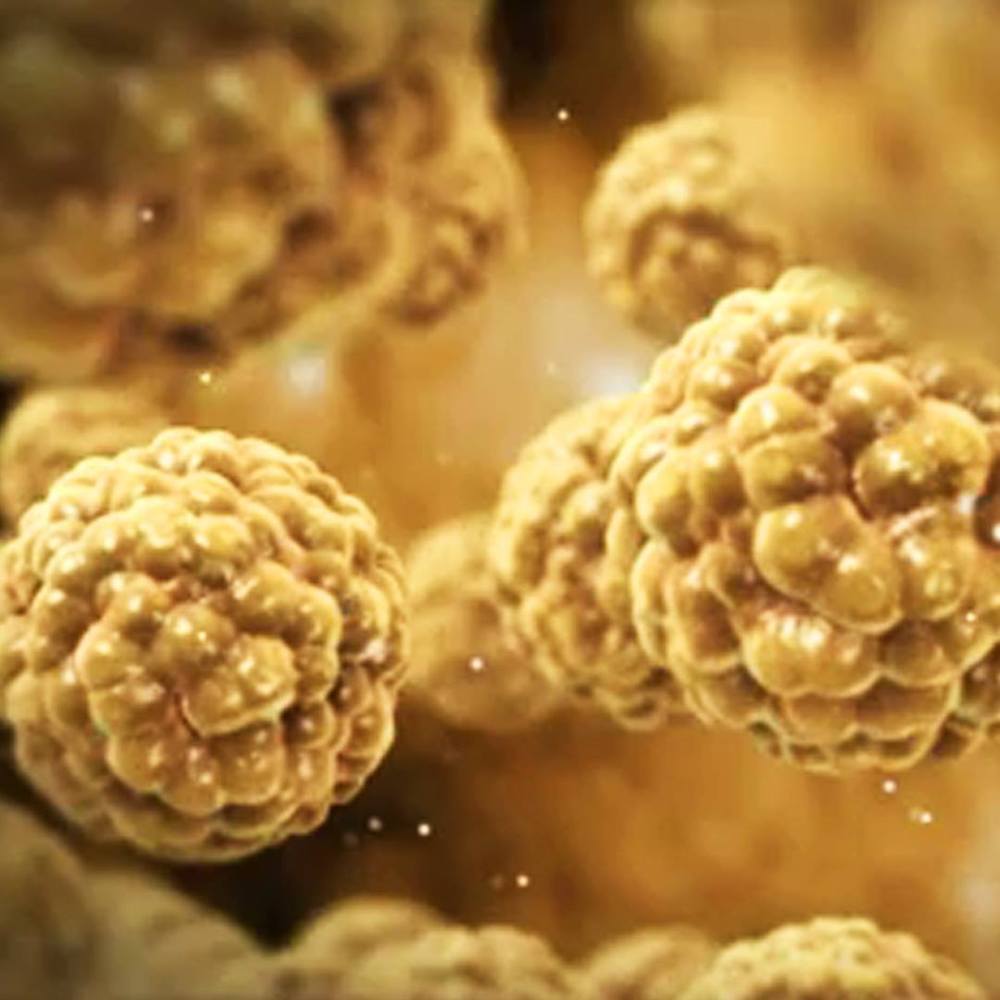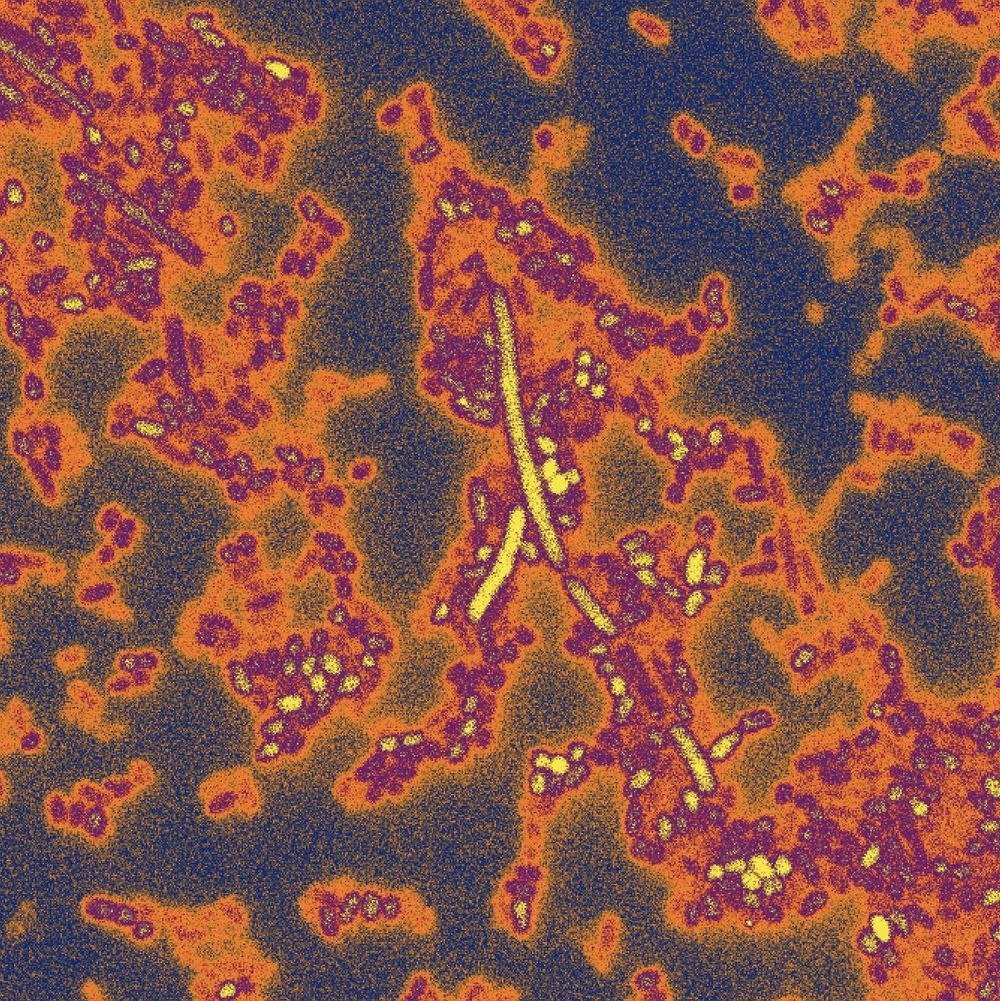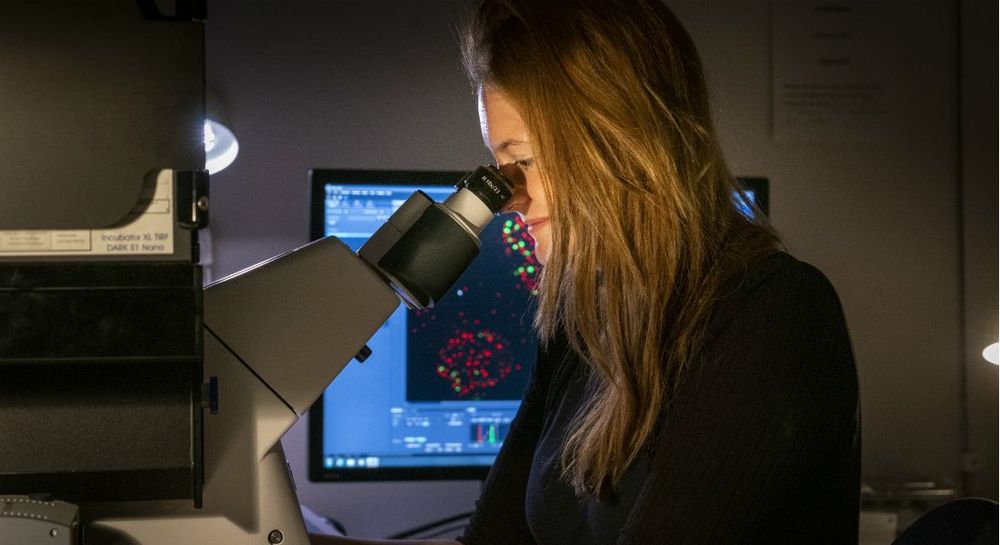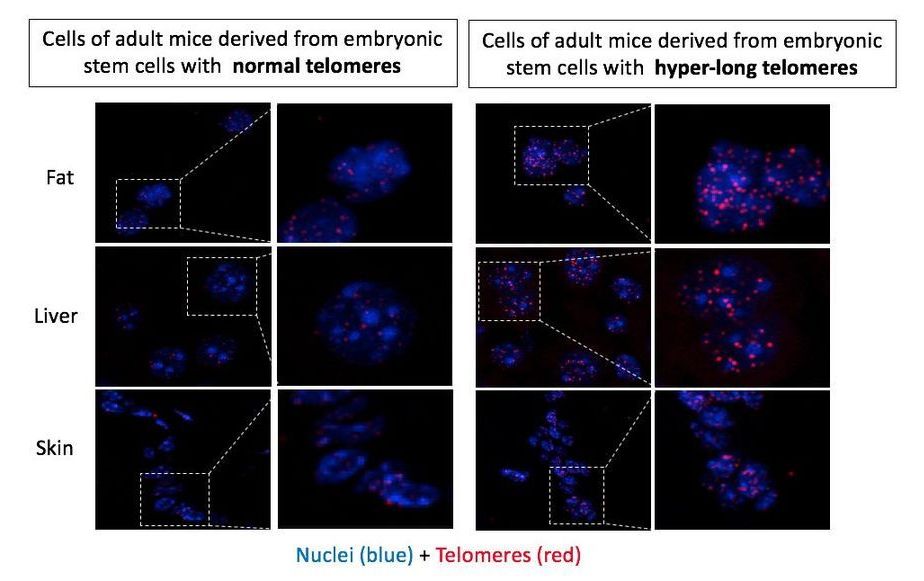Page 7370
Oct 30, 2019
The Case Against Reality, a new book
Posted by Alex Vikoulov in categories: evolution, neuroscience
After reading the new book “The Case Against Reality: Why evolution hid the truth from our eyes” by cognitive scientist Donald D. Hoffman, many academics and general readers alike may conclude that the Interface Theory of Perception well might be regarded as the most advanced theory of consciousness to date. If you dare to glance outside the paradigmatic square of neuroscience and neurophilosophy, then this book opens up a brand new perspective shedding light on the most probable future venue of scientific endeavor for the theory of everything with computational underpinnings and revolving around phenomenal consciousness.
Challenging the orthodoxy of still-predominant physicalism with undeniable logic and recent epistemological discoveries, Donald Hoffman crafts out his new Interface Theory of Perception which, for some inexplicable reason has been overlooked for so long and is but self-evident: Each conscious agent inhabits their own virtual bubble-universe while using species-specific sensory-cognitive modality in interfacing with objective reality.
In my recently-published book The Syntellect Hypothesis: Five Paradigms of the Mind’s Evolution (2019) I go a step further by submitting to you that “that something in objective reality” (in the words of Hoffman) is nothing less than non-local consciousness, or the Universal Mind if you prefer, co-creating each and every observer timeline. My ‘Experiential Realism’ is Hoffman’s Conscious Realism.
Oct 30, 2019
The Cosmological Conundrum of the Expansion Rate of the Universe
Posted by Paul Battista in categories: physics, space
Different measurements of the universe’s expansion yield different results. Are we getting something wrong, or do we need brand-new physics to figure it out?
Oct 30, 2019
US dark-matter detector heads underground
Posted by Paul Battista in category: particle physics
The main component of the LUX-ZEPLIN dark-matter detector has been installed at the Sanford Underground Research Facility in Lead, South Dakota.
The central cryostat for the experiment, which weighs about 2200 kg, was successfully lowered some 1500 m underground last week. Over the coming months, the detector will be wrapped in layers of insulation and then next year be filled with around 10 tonnes of ultra-pure liquid xenon.
LUX-ZEPLIN is expected to begin operation in July 2020 when it will become the largest direct detection dark-matter experiment in the US. It will search for weakly interacting massive particles – a leading dark-matter candidate – with scientists hoping to capture flashes of light that are produced when dark-matter particles interact with the heavy xenon atoms.
Oct 30, 2019
To survive in the human gut, bacteria need genetic ‘passcode’
Posted by Paul Battista in categories: biotech/medical, genetics
Humans’ guts are a dangerous place.
Bacteria living in people’s intestines pump out toxins to deter microbial intruders. But each person’s gut comes with its own set of toxins—an individualized “passcode” microbes must solve to survive, scientists report October 30, 2019, in the journal Nature.
The findings suggest that there’s not a one-size-fits-all approach to probiotics or live biotherapeutics, the microbial supplements that promote the growth of healthy bacteria, says study coauthor Joseph Mougous, a Howard Hughes Medical Institute (HHMI) Investigator at the University of Washington (UW). His team’s work is an early step toward figuring out how scientists might instead tailor beneficial microbes to different people.
Oct 30, 2019
Is a New Particle Changing the Fate of the Universe?
Posted by Paul Battista in categories: particle physics, space
A brand-new particle has possibly emerged and is altering the future destiny of our entire cosmos, a physicist says.
Oct 30, 2019
‘Protein-Scaffolding’ for Repairing DNA Damage
Posted by Paul Battista in categories: biotech/medical, genetics
At the University of Copenhagen, researchers have discovered how some types of proteins stabilize damaged DNA and thereby preserve DNA function and integrity. This new finding also explains why people with inborn or acquired defects in certain proteins cannot keep their DNA stable and develop diseases such as cancer.
Every day, the body’s cells divide millions of times, and the maintenance of their identity requires that a mother cell passes complete genetic information to daughter cells without mistakes.
This is not a small task because our DNA is constantly under attack, both from the environment but also from the cell’s own metabolic activities. As a result, DNA strands can be broken at least once during each cell division cycle and this frequency can increase by certain lifestyles, such as smoking, or in individuals who are born with defects in DNA repair.
Oct 30, 2019
Serum elaidic acid levels tied to dementia, Alzheimer’s disease
Posted by Paul Battista in categories: biotech/medical, neuroscience
Higher serum levels of elaidic acid, an objective biomarker for industrial trans fat, are associated with an increased risk for developing all-cause dementia and Alzheimer disease, according to a study published online Oct. 23 in Neurology.
Takanori Honda, Ph.D., from Kyushu University in Fukuoka, Japan, and colleagues examined the prospective correlation between serum elaidic acid (trans 18:1 n-9) levels and incident dementia in 1,628 Japanese community residents aged 60 years and older without dementia. Participants underwent screening examination in 2002 to 2003 and were followed prospectively to November 2012.
The researchers found that 377 participants developed some type of dementia during follow-up. After adjustment for traditional risk factors, significant correlations were seen for higher serum elaidic acid levels with greater risk for developing all-cause dementia and Alzheimer disease. After adjustment for dietary factors, including total energy intake and intakes of saturated and polyunsaturated fatty acids, these associations remained significant. There was no significant correlation noted for serum elaidic acid levels and vascular dementia.
Oct 30, 2019
CNIO researchers obtain the first mice born with hyper-long telomeres and show that it is possible to extend life without any genetic modification
Posted by Paul Battista in categories: biotech/medical, genetics, life extension
A chance finding ten years ago led to the creation by researchers of the Spanish National Cancer Research Centre (CNIO) of the first mice born with much longer telomeres than normal in their species. Given the relationship between telomeres and ageing – telomeres shorten throughout life, so older organisms have shorter telomeres -, scientists launched a study generating mice in which 100% of their cells had hyper-long telomeres. The findings are published in Nature Communications and show only positive consequences: the animals with hyper-long live longer in better health, free from cancer and obesity. The most relevant thing for the authors is the fact that longevity has been significantly increased for the first time ever without any genetic modification.
“This finding supports the idea that, when it comes to determining longevity, genes are not the only thing to consider”, indicates Maria Blasco, Head of the CNIO Telomeres and Telomerase Group and intellectual author of the paper. “There is margin for extending life without altering the genes”.
Telomeres form the end of chromosomes, in the nucleus of each cell in the body. Their function is to protect the integrity of the genetic information in DNA. Whenever the cells divide the telomeres, they are shortened a little, so one of the main characteristics of ageing is the accumulation of short telomeres in cells. “Telomere shortening is considered to be one of the primary causes of ageing, given that short telomeres cause ageing of the organism and reduce longevity”, as the paper published in Nature Communications explains.
Oct 30, 2019
New ‘unremovable’ xHelper malware has infected 45,000 Android devices
Posted by Genevieve Klien in categories: cybercrime/malcode, robotics/AI
Factory resets aren’t helping. Neither are mobile antivirus solutions. Malware keeps reinstalling itself.


















